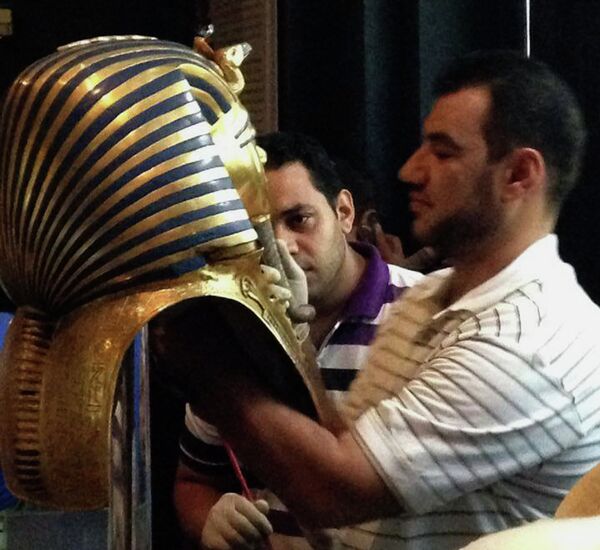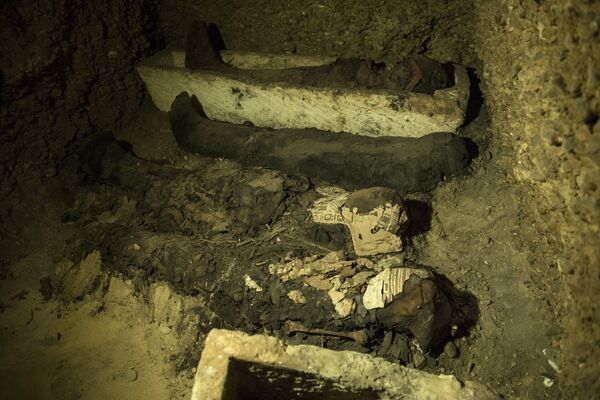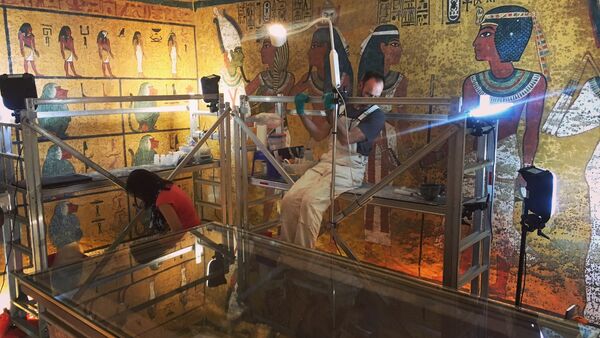As archaeologists sort through thousands of exhibits in the run-up to a scheduled exhibition at a Cairo Museum, historian Bethany Hughes had an unexpectedly thrilling experience during the filming of her Channel 5 show “Egypt’s Greatest Treasures”.
Egypt’s mystery-shrouded site, the Valley of the Kings, on the west bank of the Nile, opposite Luxor, is known to contain 63 tombs, including those of the famous Pharaohs Ramses II, Ramses III and Pharaoh Seti.

But there is one that stands out - KV62 – which belonged to the young Pharaoh Tutankhamun and was excavated in 1922 by Howard Carter, on behalf of Lord Carnarvon.
The tomb was a veritable treasure-trove that scientists and archeologists laboured over for over eight years, as they removed the artefacts, wary of the fragile state of the tomb and under the meticulous recording technique of Carter.
Ever since, some of the artefacts have still been shrouded in mystery, as little is known about them even today.

In the August episode of the documentary, Hughes said:
“One of the items in Howard Carter’s original photographs was this enigmatic box. But we now know this treasure didn’t belong to the pharaoh. We know that this belonged to Tutankhamun’s wife, so it’s the only artefact of hers that exists.”
Fascinated by the antiquity that had not been opened before, Bethany asked Dr Essa Zidan if they could open it.
“I think it looks like a linen chest, could we open it?”
To the historian’s surprise, he said yes.
“This is a box that has never been filmed before or opened and the doctor just offered to open it for us,” enthused Hughes.
However, the result was a bit on an anticlimax, as the ancient box turned out to be empty.
“Sadly, the box is empty. But, you can smell it though, can’t you? You can smell the wood and the resin, it’s empty, but you can smell the history coming out of it,” said the host of the archaeological history.
“It still is the most remarkable thing and it’s tantalising us with its secrets.”


